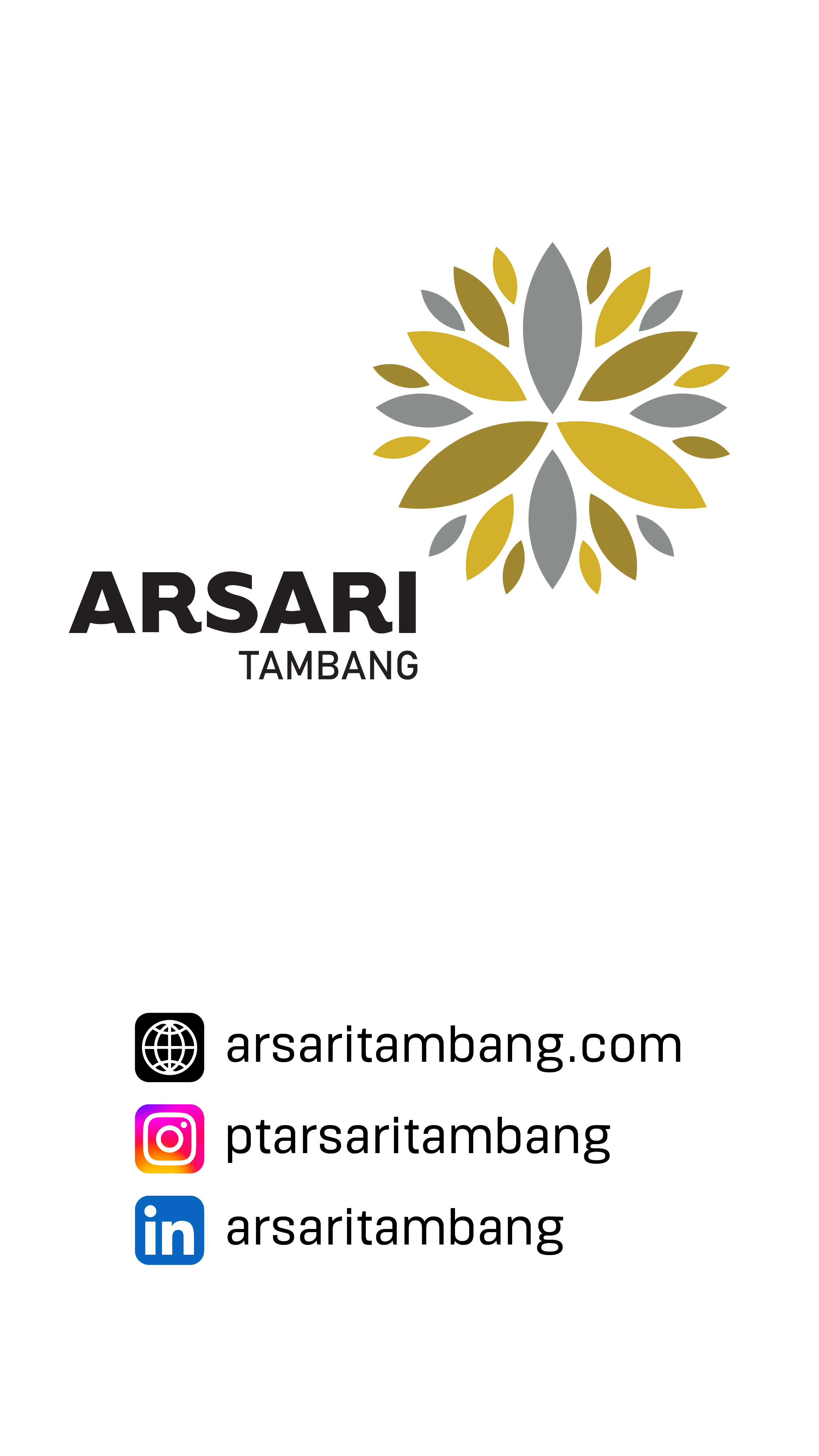




SARGA.CO – Many people believe that Arabian horses represent the pinnacle of beauty and speed. From their elegant curves to their legendary endurance, the Arabian breed is often praised as the “complete package” in the racing world. But is it really true that every Arabian horse is automatically superior?
A recent study from Uruguay invites us to look deeper — at a part of horses we rarely pay attention to. The researchers focused specifically on the leg bones — not just their length, but how the proportions between bone segments form each horse’s unique physical identity.
The findings were surprising: every horse is truly unique, regardless of breed.
The research team examined 207 adult horses from various breeds. They measured palpable anatomical points and analyzed 45 proportional relationships involving the length and width of the leg bones. The results showed that 35 of these relationships had strong correlations — meaning that if one part of the leg was longer, another might be wider or shorter, creating a distinctive combination for each horse (Möller et al., Anat Histol Embryol, 2022).
This discovery carries an important message: a horse’s superiority is not solely determined by lineage. The unique structure of its legs — and how these parts work together — greatly affects its ability to run, bear weight, and accelerate efficiently.
Arabians are indeed famous for their slender legs and remarkable stamina. However, the study shows that even two purebred Arabians can differ significantly in quality. Training, nutrition, and rest habits can all make a huge difference.



A clear example can be seen in the Dubai World Cup, where Benbatl — a Godolphin-bred mix of Arabian and Thoroughbred bloodlines — defeated several pure Arabians thanks to his explosive sprinting ability and balanced physique.
On the other hand, pure Arabian champions like Al Mourtajez dominate endurance races, thanks to efficient bone structures and incredible respiratory endurance suited for long distances.
Another case from the United States features a Quarter Horse named Whistle Stop Cafe, who outran many Arabian-blooded competitors in a 400-yard sprint. Trainers found that his short back and long hind legs provided a more explosive acceleration than the steady stamina typical of Arabians.



In short, Arabian blood can be a valuable asset — but it’s not a guarantee of superiority. Every horse carries its own “body map”: a unique interplay between shin length, joint angles, and hoof width, all of which influence performance.
For owners and trainers, the message of this research is clear: understand each horse as an individual, not just a breed label. Whether Arabian, Thoroughbred, or mixed-blood, recognizing each horse’s unique body structure is the key to unlocking its greatest potential on the track.























































Install SARGA.CO News
sarga.co